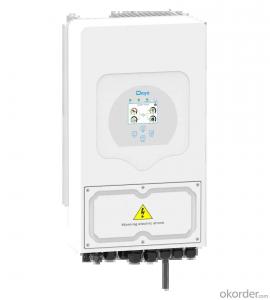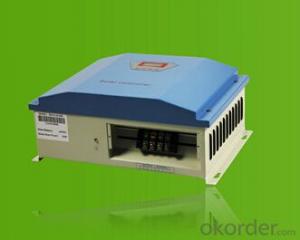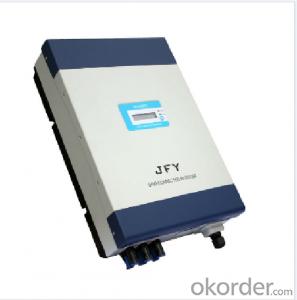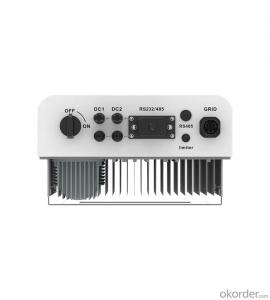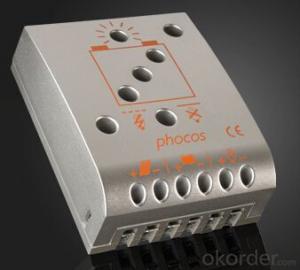5kva Mppt Solar Inverter
5kva Mppt Solar Inverter Related Searches
5kw Mppt Solar Inverter Mppt Solar Inverter 5kw 5kva/48v Mppt Solar Inverter Solar 5kva Inverter 5kva Solar Inverter 5kv Solar Inverter 5kw Solar Power Inverter Solar 5kw Inverter 5kw Solar Inverter 2kva Mppt Solar Inverter Solar Power 5kw Inverter Mppt Solar Inverter 5kw Solar Panel Inverter 3kva Mppt Solar Inverter 5kva Hybrid Solar Inverter 5 Kva Solar Inverter Mppt Solar Power Inverter 2kw Mppt Solar Inverter 5kva Inverter Solar System 5 Kilowatt Solar Inverter 2.5 Kva Mppt Solar Inverter Mppt Inverter Solar 5k Solar Inverter 5kw Solar Hybrid Inverter Inverter For 5kw Solar System 5kw Hybrid Solar Inverter 5kw Inverter Solar System 12v Mppt Solar Inverter Mppt Solar Inverter 3kva 1kw Mppt Solar Inverter5kva Mppt Solar Inverter Supplier & Manufacturer from China
The 5kva Mppt Solar Inverter is a high-performance solar power conversion device that efficiently converts solar energy into usable electrical power. This inverter is equipped with advanced Maximum Power Point Tracking (MPPT) technology, which optimizes the energy extraction from solar panels by adjusting the operating voltage to the optimal level. The 5kva Mppt Solar Inverter is designed to handle a wide range of solar panel configurations, making it a versatile choice for various solar energy applications.The 5kva Mppt Solar Inverter finds its application in a variety of settings, including residential homes, commercial establishments, and off-grid power systems. It is particularly useful in areas where reliable power supply is critical, such as in remote locations or during emergencies. This product ensures that the solar energy generated is utilized to its maximum potential, reducing dependency on traditional energy sources and promoting sustainable living. Its user-friendly interface and robust design make it a popular choice among solar energy enthusiasts and professionals alike.
Okorder.com is a leading wholesale supplier of the 5kva Mppt Solar Inverter, offering a vast inventory of this product to cater to the growing demand for renewable energy solutions. With a commitment to quality and customer satisfaction, Okorder.com ensures that each 5kva Mppt Solar Inverter is thoroughly tested and meets the highest industry standards. By partnering with reputable manufacturers, Okorder.com is able to provide competitive pricing and reliable service, making it a trusted source for solar power conversion equipment.
Hot Products








